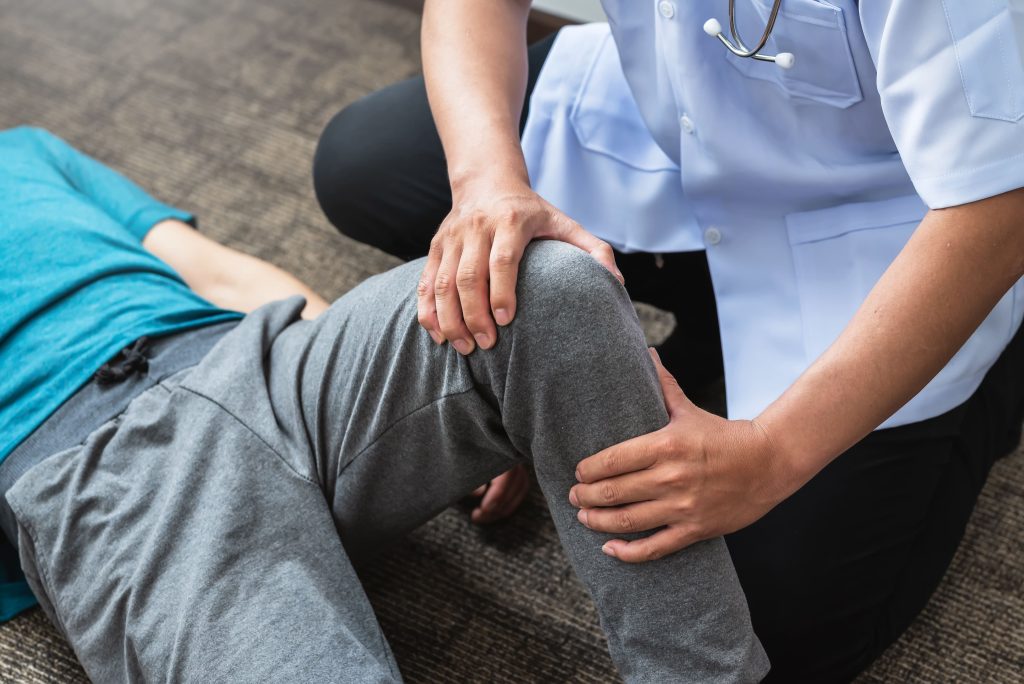Treatment Options for Meniscus Tear
A meniscus tear is a common knee injury, particularly among athletes, although it can affect anyone. The meniscus is a C-shaped cartilage that acts as a cushion between the thigh bone (femur) and the shin bone (tibia). Each knee has two menisci, which serve to stabilise the joint, absorb shock, and distribute weight evenly across the knee. Meniscus tears can occur due to sudden twists or turns, heavy lifting, or degenerative changes as part of the ageing process. Understanding the available treatment options is important for effective management and recovery. This article explores both non-surgical and surgical treatments, rehabilitation strategies, and lifestyle modifications to help people recover from a meniscus tear.
Non-Surgical Treatment Options
Rest and Activity Modification
Resting the knee and modifying activities are initial steps in managing a meniscus tear. Reducing weight-bearing activities helps minimise further damage and allows the meniscus to heal. Patients are advised to avoid activities that involve twisting, turning, or heavy lifting. Using crutches can help offload weight from the affected knee.
Ice and Compression Therapy
Ice and compression therapy can help reduce swelling and alleviate pain. Applying ice packs to the affected area for 20-30 minutes every 3-4 hours during the initial days following the injury is recommended. Compression bandages or knee sleeves can provide support and reduce swelling.
Medications
Non-steroidal anti-inflammatory drugs (NSAIDs) like ibuprofen or naproxen are commonly prescribed to manage pain and inflammation associated with meniscus tears. These medications help reduce discomfort and enable patients to participate more effectively in physical therapy.
Surgical Treatment Options
Arthroscopic Meniscus Repair
Arthroscopic meniscus repair is a minimally invasive procedure where the surgeon uses small incisions and specialised instruments to repair the torn meniscus. This procedure is suitable for tears located in the outer part of the meniscus, where there is a good blood supply, promoting healing.
Partial Meniscectomy
In cases where repair is not feasible, a partial meniscectomy may be performed. This involves removing the damaged portion of the meniscus while preserving as much healthy tissue as possible. This procedure helps alleviate symptoms and restore knee function.
Meniscus Transplantation
Meniscus transplantation is considered for younger patients with extensive meniscus damage who have not responded to other treatments. This procedure involves replacing the damaged meniscus with donor tissue. It aims to restore knee function and delay the onset of arthritis.
Rehabilitation and Recovery
Post-Surgical Rehabilitation
Rehabilitation following meniscus surgery is important for a successful outcome. It involves a structured physical therapy programme to restore knee strength, flexibility, and range of motion. The rehabilitation process may vary depending on the type of surgery performed and the individual patient’s condition.
Long-term Recovery and Management
Long-term recovery involves continued adherence to a rehabilitation programme and making necessary lifestyle adjustments to prevent further injury. Patients are advised to maintain a healthy weight, engage in low-impact activities, and avoid excessive strain on the knee.
Dietary and Lifestyle Changes
Dietary and lifestyle changes can support the healing process and overall knee health. Consuming a balanced diet rich in anti-inflammatory foods, such as fruits, vegetables, and omega-3 fatty acids, can aid recovery. Staying hydrated and maintaining a healthy weight reduces stress on the knee joints. Additionally, incorporating low-impact exercises, such as swimming and cycling, helps maintain joint flexibility and strength without causing undue strain.
Conclusion
Managing a meniscus tear involves a combination of non-surgical and surgical treatments, tailored to each individual’s condition and needs. Rest, ice, physical therapy, and medications are effective initial steps, while surgical options like arthroscopic repair and meniscus transplantation may be recommended for more severe cases. Post-surgical rehabilitation and lifestyle modifications are important for long-term recovery and prevention of future injuries. Understanding these options helps patients make informed decisions and achieve the best possible outcomes for their knee health.




